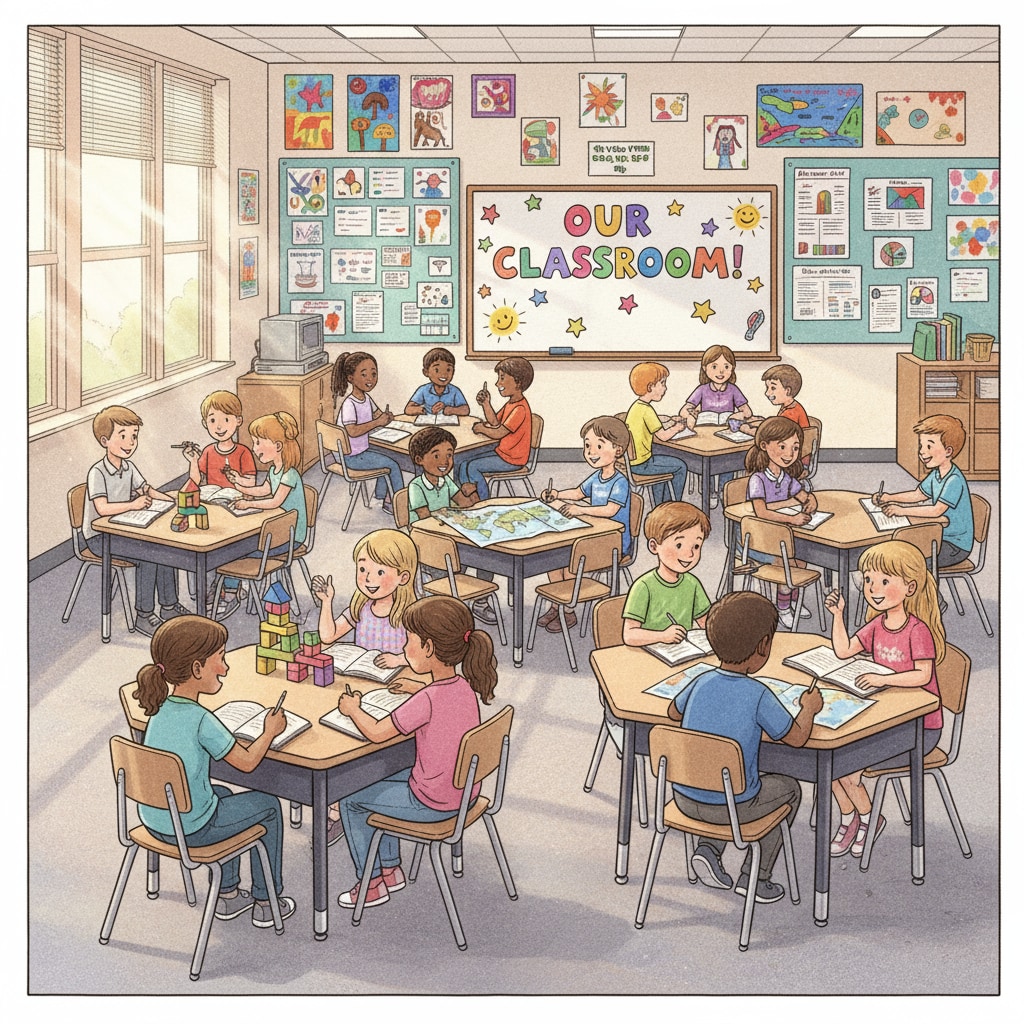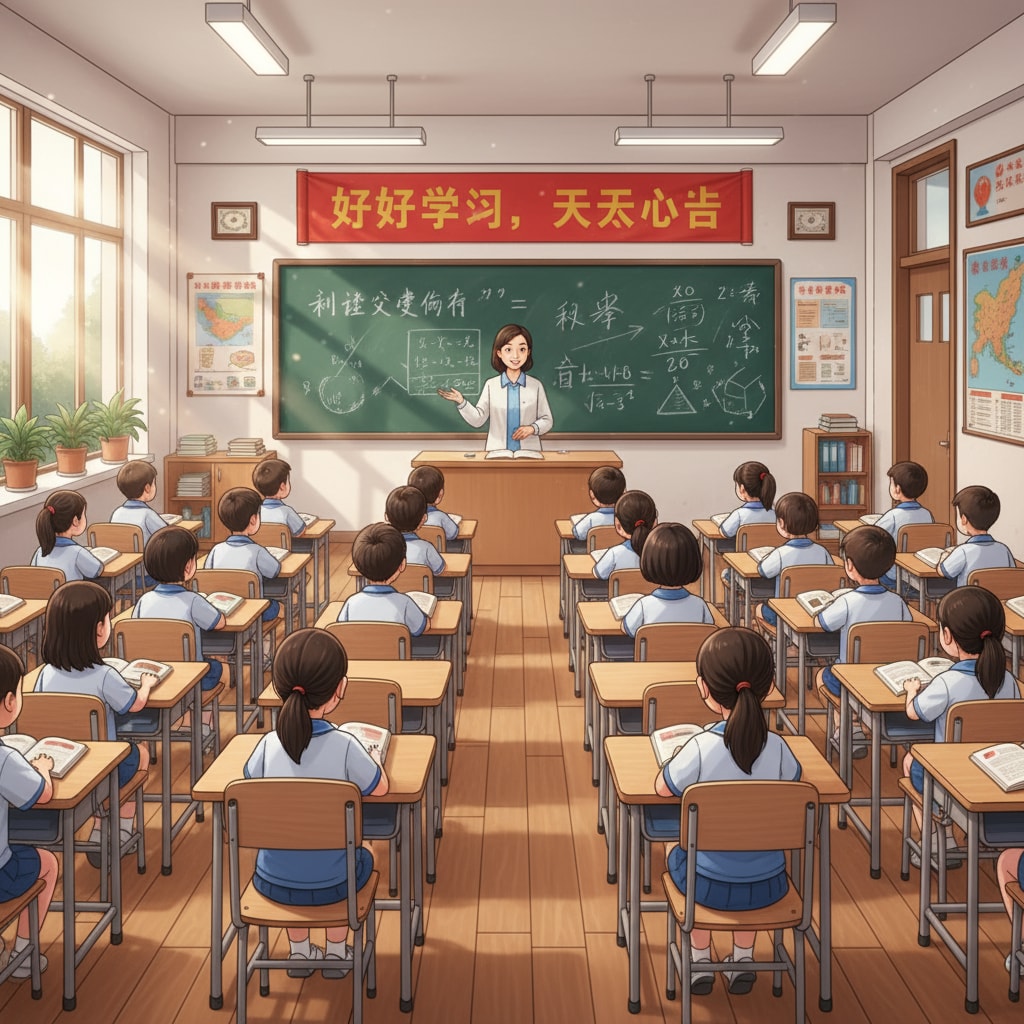The education systems of the United States and China, especially in the K12 (Kindergarten through 12th grade) phase, have long been subjects of interest when discussing educational differences around the world. The contrast between US education and Chinese education in this stage not only reflects the unique cultural and social backgrounds of the two countries but also brings different levels of learning pressure to students. Let’s take a closer look at these two distinct education systems.

Educational Philosophies: Nurturing Independence vs. Emphasizing Foundation
American K12 education generally emphasizes cultivating students’ independence, creativity, and critical thinking skills. The philosophy is centered around the individual development of students, encouraging them to explore their interests freely. For example, in many American classrooms, students are given the opportunity to choose their own research topics and present their findings. This approach aims to develop students’ self – directed learning abilities. Education in the United States on Wikipedia
In contrast, Chinese K12 education places a strong emphasis on building a solid foundation of knowledge. The educational philosophy is to ensure that students have a comprehensive understanding of basic subjects such as mathematics, language arts, and science. Teachers play a more guiding role in the learning process, providing systematic instruction to help students master fundamental knowledge and skills.

Curriculum Design: Breadth vs. Depth
The American K12 curriculum offers a wide range of courses to meet the diverse interests of students. Besides core subjects like English, math, and science, there are abundant elective courses in areas such as art, music, and various sports. This broad curriculum allows students to develop a variety of skills and explore different fields. Education system of the United States on Britannica
On the other hand, the Chinese K12 curriculum focuses more on depth. Core subjects are taught in great detail, and students are required to achieve a high level of proficiency. For instance, in mathematics, students in China often study more advanced topics at a younger age compared to their American counterparts. This in – depth learning helps students build a strong academic foundation but may limit their exposure to a wider range of subjects.
When it comes to the evaluation systems, they also vary significantly between the two countries. In the US, a variety of evaluation methods are used, including continuous assessment, project – based evaluations, and standardized tests. This multi – faceted approach takes into account students’ overall performance and development. In China, the evaluation system is more centered around high – stakes exams, such as the Gaokao (National College Entrance Examination). These exams play a crucial role in determining students’ future educational opportunities, which inevitably brings a certain amount of learning pressure.
Readability guidance: As we can see, the US and Chinese K12 education systems each have their own characteristics. The differences in educational philosophies, curriculum design, and evaluation systems all contribute to the unique educational experiences of students in the two countries. By understanding these differences, educators and parents can draw inspiration and make more informed decisions to better support students’ growth and development.


